Our Service
Lower & Upper Extremities Arterial Ultrasound With Abi
This test is done to check for peripheral arterial disease. This test might be done to check your risk of heart attack and stroke. The results can help you and your doctor make decisions about how to lower your risk.
What is being visualized?
- Arteries of the arms and the legs.
If any of the above arteries are blocked or narrowed, you might be at an increased risk of peripheral vascular disease. The narrowing of the arteries, called atherosclerosis or stenosis, might be caused by plaque, which is a buildup of calcium, cholesterol, or fat.
What Is The Procedure?
- Arterial Ultrasound:
- Evaluates structure and function of the arteries to check for any narrowing or obstructions that affect the blood flow. Early detection allows your doctor to begin treatment on improving the blood flow to your body and reducing your risk of blockages.
- Depending on the findings, the test might be repeated annually.
- ABI:
- Test for peripheral artery disease (PAD). Peripheral artery disease is a condition in which the arteries in your legs or arms are narrowed or blocked. People with peripheral artery disease are at a high risk of heart attack, stroke, poor circulation and leg pain.


Who Is At Risk?
01.
Individuals With
- High Blood Pressure
- Diabetes
- High Cholesterol
- Smoker/History of Smoking
- Peripheral Vascular Disease
- Family history of stroke and heart disease
- Recent TIA or stroke
- Over the age of 50
02.
Individuals With The Following Symptoms
- Leg swelling
- Claudication (pain in the limb during or after exercise)
- Other symptoms not listed above
03.
How To Prepare
- Wear comfortable, loose –fitting clothes.
- No additional preparations required.

